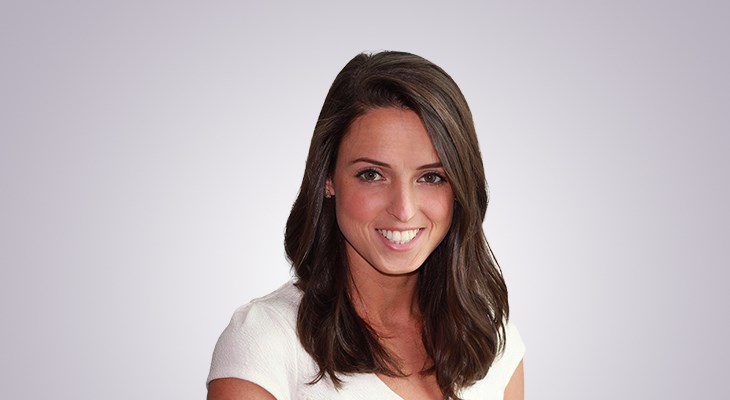Emily Morris is founder and CEO of Emrgy, an Atlanta-based climate tech startup that recently closed an $18.5 million and is deploying a new asset class of renewable energy worldwide.
The technology is a platform that's used within renewable energy projects and often delivered in addition to their proprietary waterpower tech. As the company has looked out to launching this as an emerging asset class, they had fully assumed that they were going to have to go with full project equity into the markets — that they would either need to self-fund or go with a partner on several projects to achieve classic bankability and then be able to enter into environments where project lending can be appropriate for their projects. What they found is a number of the federal loan guarantee programs coming out are willing to guarantee climate-focused energy projects, as well as projects that bring economic benefit to agricultural areas around the country. That, she says, gives banks quite a bit of comfort on commercially available, yet not widely proven or long-running, energy technologies.
"And so, as a function of that, we've totally pivoted our direction," Morris said during the Atlanta Smart Business Dealmakers Conference. "We walked away from two term sheets for full equity funding of a first portfolio project, to now looking at financing them on a project-by-project basis."
For example, on one of the projects, they have a loan combined with a 40 percent federal investment tax credit from the inflation Reduction Act.
"All of a sudden you want as little equity as you possibly can into these projects for the best returns. And so, it's completely changed our mindset on who we're talking to, how we're focused on capital."
When it comes to banking relationships, it can be risky to have all of your chips together with one partner, something the company learned recently.
"Emrgy had completely taken that route and within a couple of weeks of closing our Series A, found out that all of our capital at Silicon Valley Bank was now unclear where that was actually going or what was happening to it," she says.
While she says that initially paralyzed the company, one of the things that they were most concerned about wasn't necessarily the treasury aspect or where their cash was going to be, instead it was more around some of the lending products for working capital that they had been working on with SVB. They needed to get creative because manufacturing equipment, by nature, came with long lead items, which called for revolving, working capital lines. They ended up with a blend between classic venture debt and revolving debt, which has some of the benefits that are often known to venture debt in terms of long interest-only periods, flexible repayment milestones triggered by commercial activity, but combining that with a revolving facility rather than just a term loan so that they can use that to advance their ability to get product into the market as quickly as possible.
When the company went through its Series A, she says she looked at financing partners in terms of finance plus.
"So, finance, obviously, their ability to fund us long term, their ability to be a long-term partner, their return expectations, along with our return expectations make sense," Morris says. "But we found the very best partners to be on what's on the other side of that plus — is it based on their views on the environment? Or is it on their views on project finance and how our largest investor in this series A is also investing into our project equity facility. and things like that. And the way that we can find alignment across multiple verticals, in my experience, has led to the best partnerships."
For those looking for funding, she says research is key, particularly before conversations start.
"I think the folks that ended up coming into both the seed round and the series A were the people who got it from the first moment that we had a conversation, and they were the easiest ones to get to the table," she says. "Folks that had to spend a ton of time learning the market, learning what the product is, really trying to get themselves convinced, were the ones that were never going to be convinced in the first place. And so I think spending more time researching and finding the people that are naturally aligned, is going to result in a much better raise than trying to just hit the market with as many pitches as you possibly can and see what falls out."




